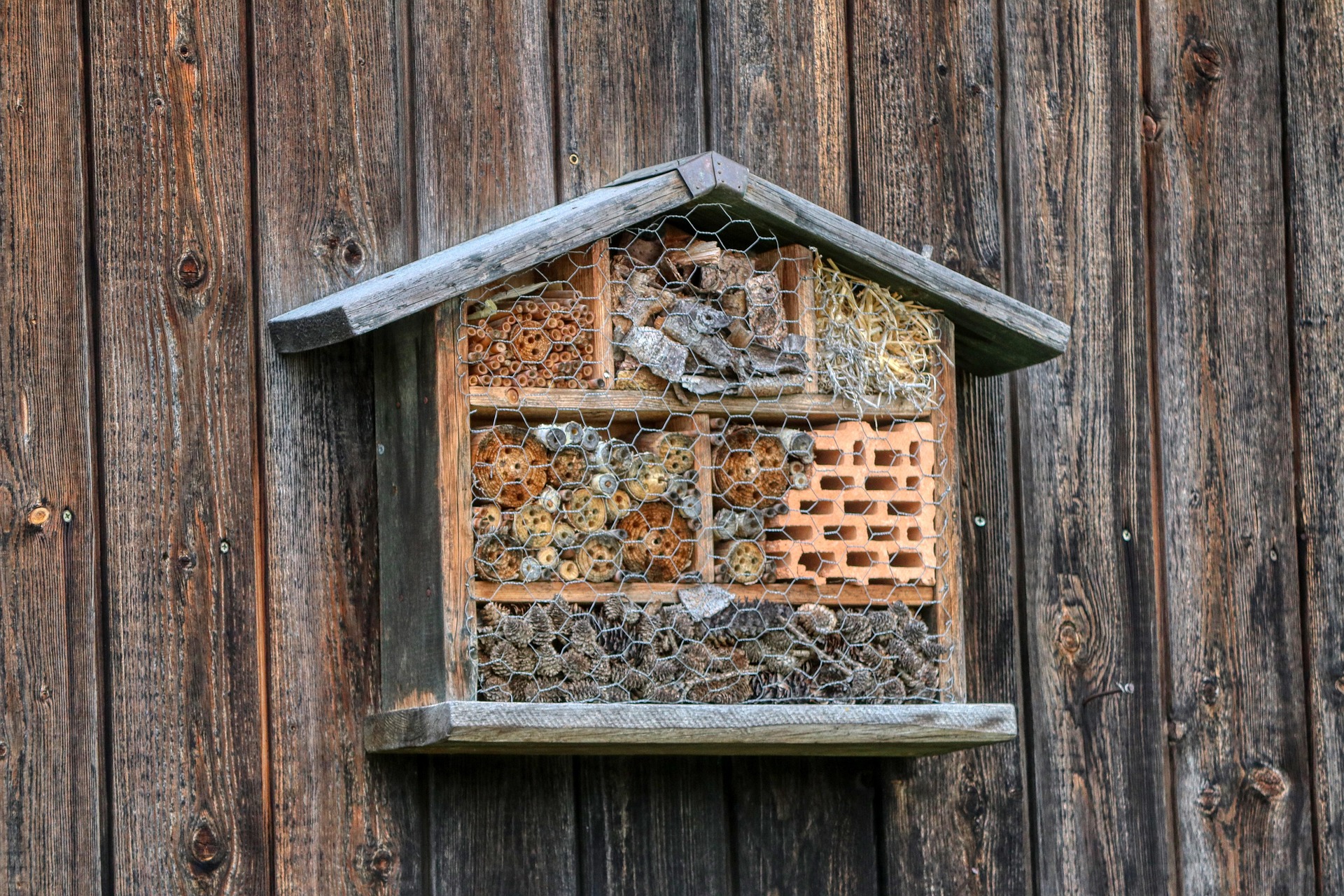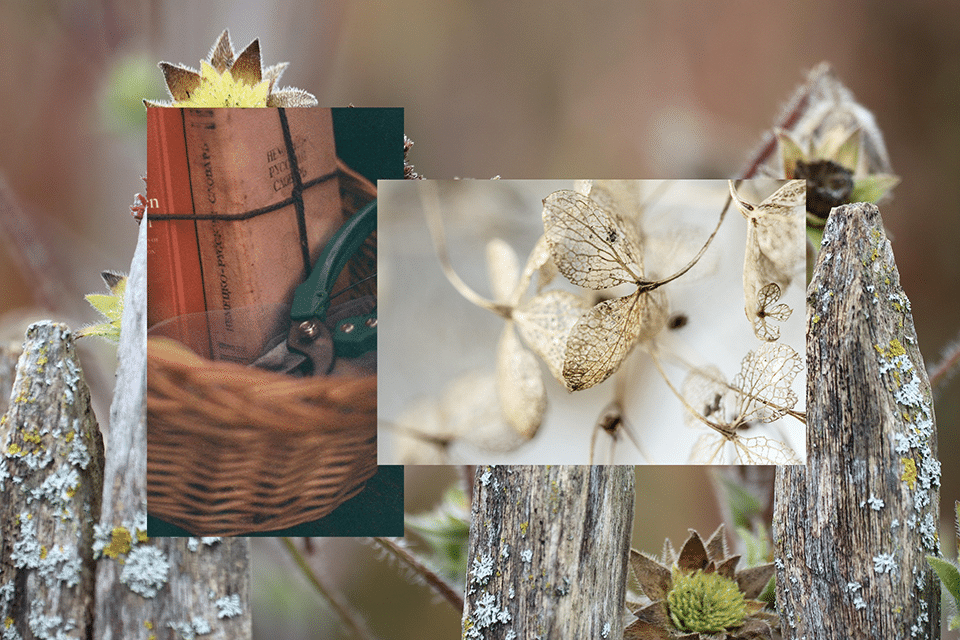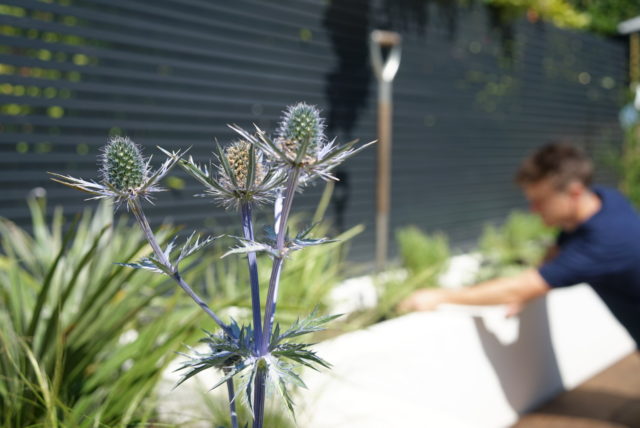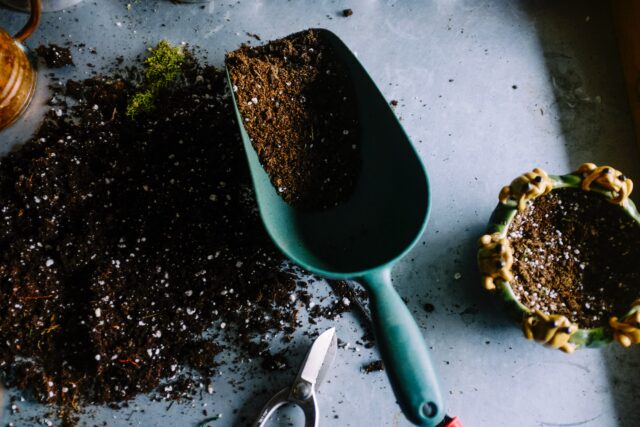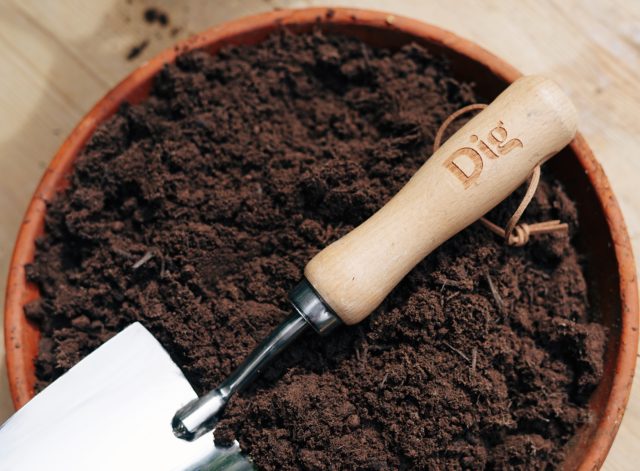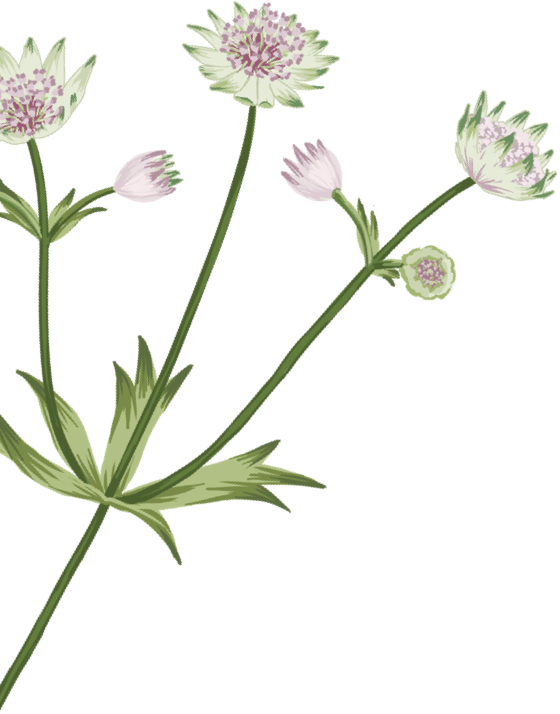Plant, plant, plant
Just in case you’re not sick of hearing us say it, autumn is the best time of year to plant a garden. In fact, right up until the first frosts, is a brilliant season to get new plants in the ground. Whether it’s an individual plant or an entire Dig Instant Bed planting now allows the plant to benefit from warm soil, better water retention, and the whole winter to establish strong roots. If you’re thinking about transforming your garden next year, you’ll thank us if you bring that forward a few months!
Bulbs galore
Autumn’s also when you want to be thinking about putting bulbs in the ground, ready for their spring display. Tulips and daffodils are firm favourites and now is the time to be thinking about getting them in the ground. Take a moment to think about what colours the plants in your garden have moved through over the summer, and choose complimentary or contrasting colours for synergy or impact. Or both! Besides tulips and daffodils, there are hosts of other bulbs to consider. Muscari, Iris, Crocus, Fritillaries, Snowdrops and Alliums are all also wonderful additions to almost any garden.
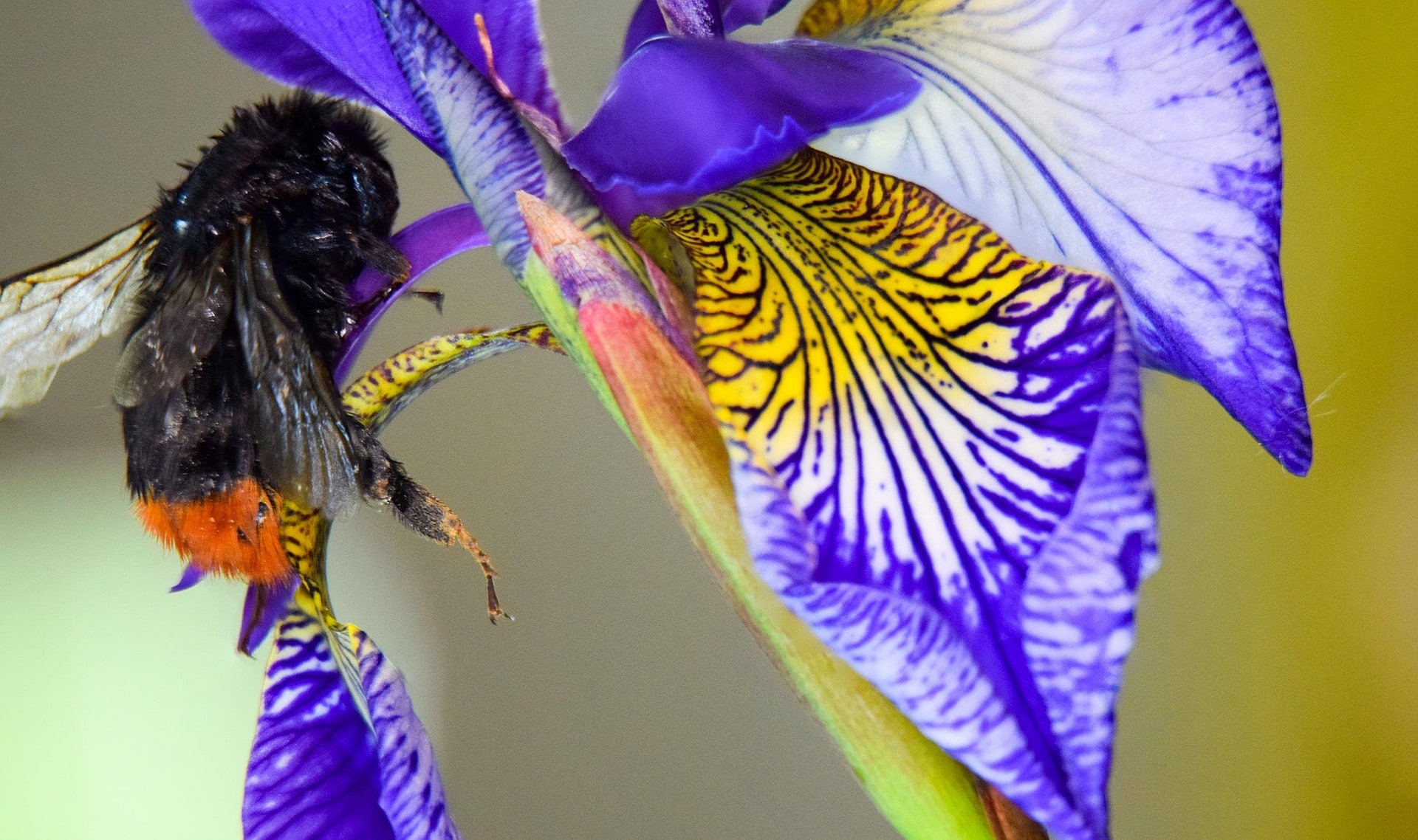
Look after your tools
It’s been a long summer and we’re certain your tools, rakes, brooms and perhaps even gardening gloves have put in a shift. We’re all for making things last at Dig and so thoroughly recommend taking the time to give your wooden handles an oil, giving blades a clean and sharpen, and repairing any rips or tears in your garden gloves. It’s a good idea to protect leather gardening gloves too to increase their longevity.
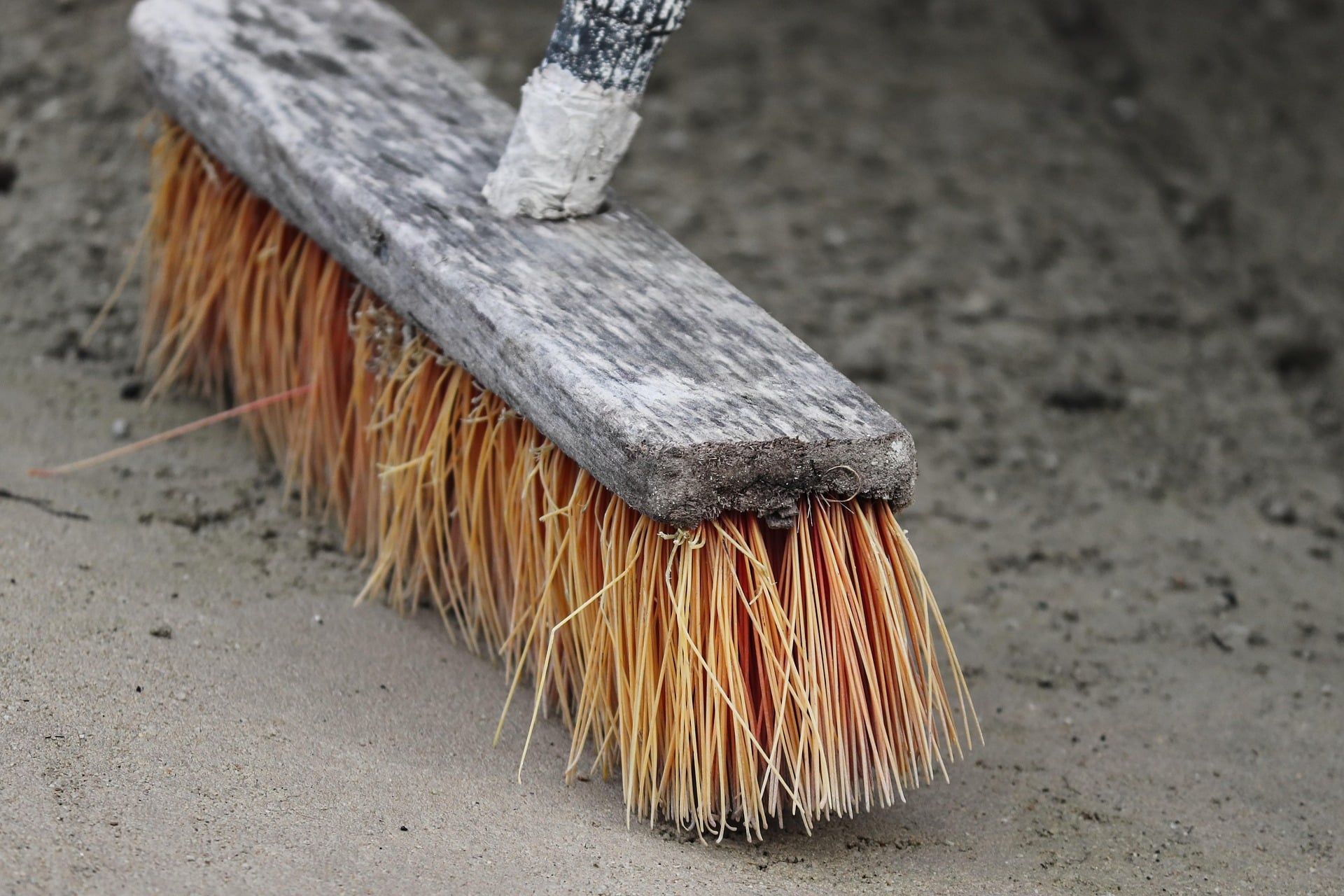
Look out for leaves
Leaf-fall at this time of year can have many positive effects on your garden, but can also cause slippery paths and potential damage to lawns. Check out an entire guide to leaves and what to do with them at this time of year here.
Plantcare
Lift Dahlias: Particularly in very damp spots, very exposed spots and very cold spots, lifting your Dahlias for storage can really lengthen their lives. Lifting Dahlias is the process of lifting them from the soil with a fork and removing the soil for the tubers (sort of like bulbs) to be stored in a dry, cool, dark place. Anytime between now and early December is a good time to do this.
Peony pruning: Tidy back the dead leaves on peonies, leaving them neat and tidy for overwintering.
Rose removal: Trim back any dead branches on Roses. You can spot them by identifying any branches that don’t have leaves on while others are still left with dead or dying leaves. Chop them off with secateurs to a point where the wood is alive (the inside of the branch will be green). It will keep your rose tidy, and help prevent any rot setting in from the dead branch.
Hydrangea habitats: Leave flowerheads on Hydrangeas where they are. Not only will the flower heads continue to look beautiful – particularly in the frosts to come – but they also help provide habitats for insects. You can chop them back to your heart’s delight in spring.
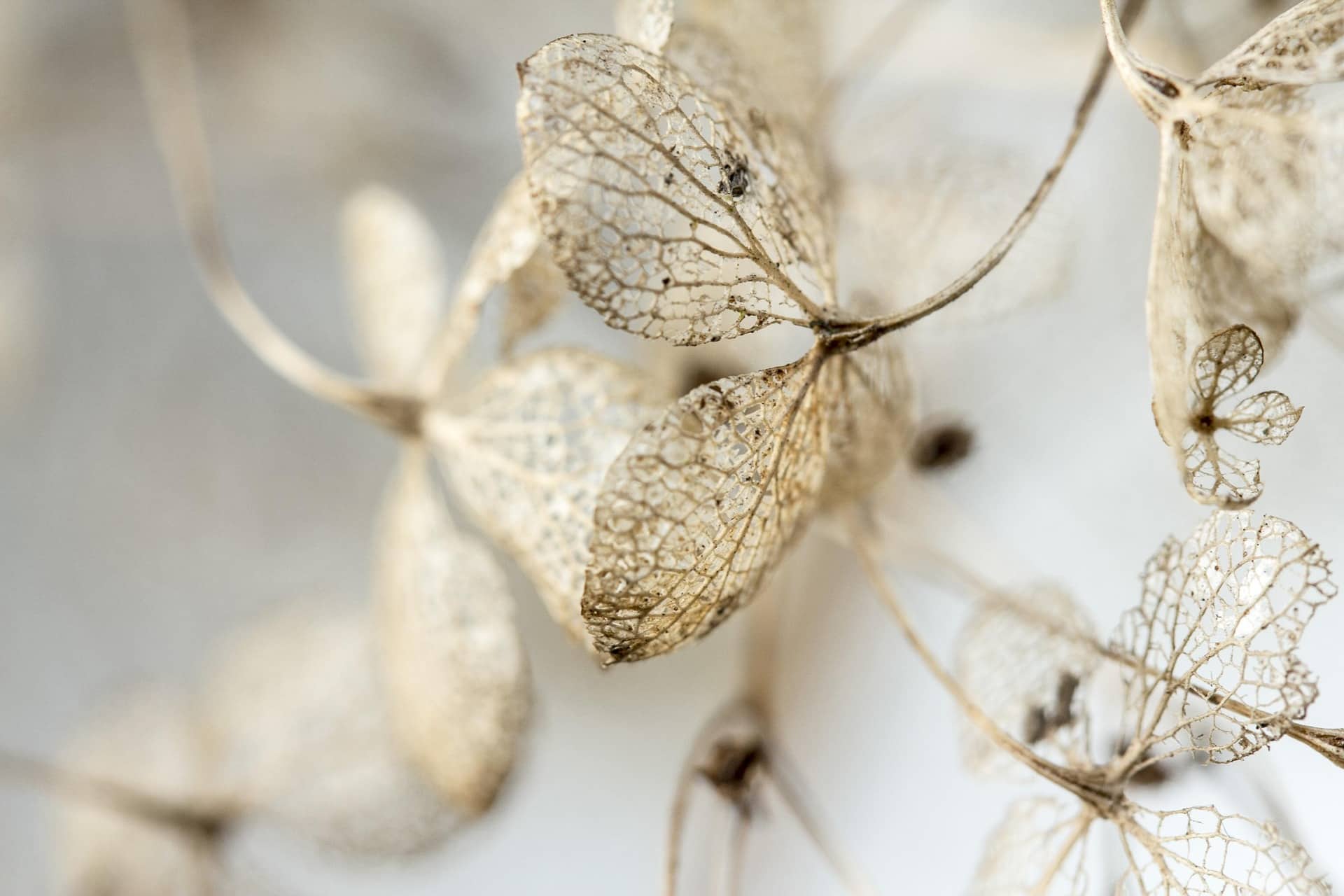
Gardening for nature
Bee hotel hiatus: Remove your bee hotel from its garden perch and place it carefully in a garden shed or cupboard (not in your house or flat though where it will be too warm). This will help keep the nesting bees safe, protecting them from adventurous birds and also keeps the hotel nice and dry, avoiding damp setting in. Pop it back out in ~March.
Leave perennials to dry: Many plants can be left overwinter to be trimmed back in the spring. Plants like Hydrangea, Thalictrum, Sedum, Rudbeckia and many others will provide habitats and food in the form of seedheads and have the added benefit of looking beautiful when crystallised in frost.
Drinking water for birds: It’s easier to remember to put water out for birds in summer when its scorching hot and the sun is beating down, but it’s just as important to provide this constant source of water through the winter too. Keep a shallow container topped up, and remember to check regularly – especially when it drops below freezing.
